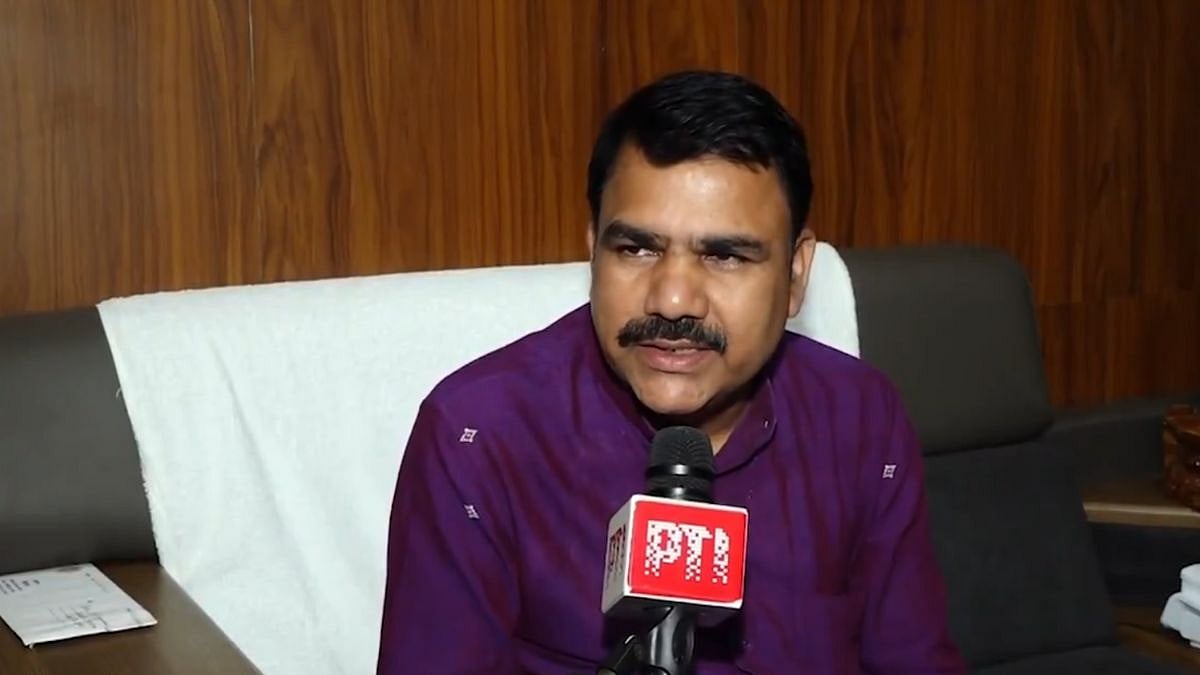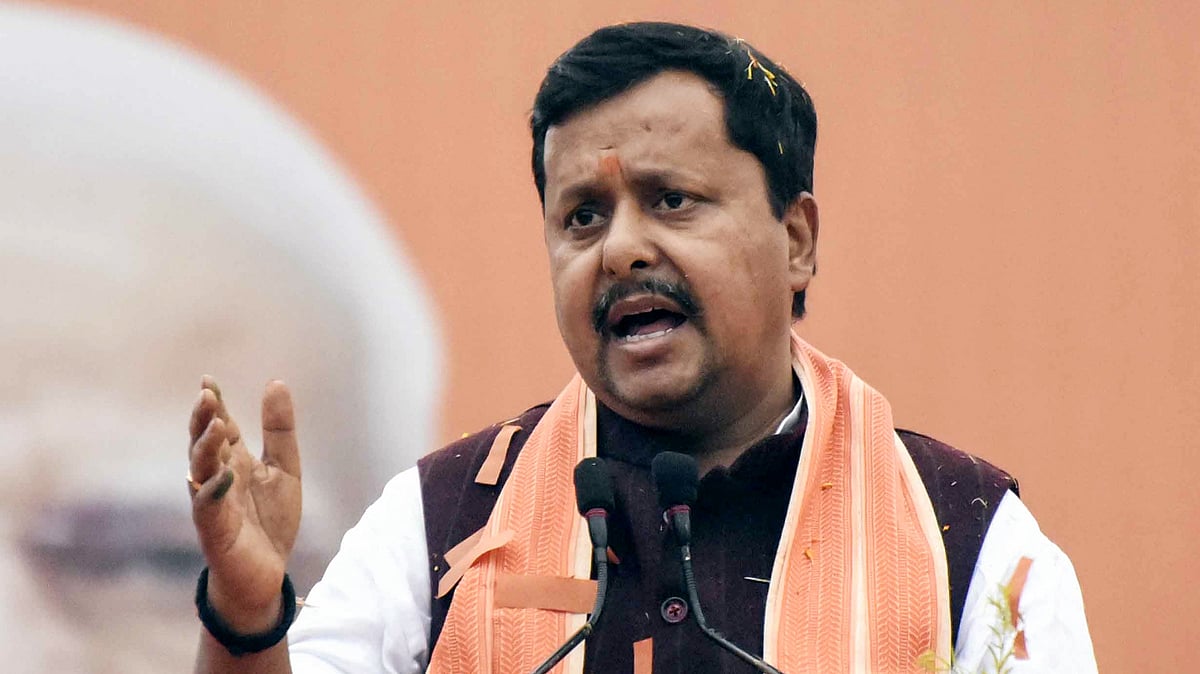Social cohesion erosion”, “livelihood crises” and “mental health deterioration”; the pandemic scars had just begun to set in when the tanks rolled over eastern Europe triggering social and economic tremors across the globe. Even amidst the explosions and bombing, heard aloud is the IPCC climate change warning, “any further delay in concerted global action will miss a brief and rapidly closing window to secure a liveable future”.
We flourished and developed into today’s modern societies through massive industrialization leaving just 3% of the world’s land free from human degradation; wiping out 68% of the wildlife population; heating up the planet through the hottest decade in 125,000 years; stressing and overshooting the planet boundaries establishing absolute human dominance.
As we stand right close to the top 5 existential risks of humanity, all of which converge on ‘environmental’, technology will yet again be massively relied upon to deliver the silver bullet to save the planet.
Evolving through Web 1.0, 2.0 and 3.0
Web 1.0 introduced the internet. Web 2.0 globalized the economies, internet-ed global communities, and enabled us with the anytime-anywhere-anything button in exchange for our personal data with the global big techs. The unprecedented times ahead demand technology upgrades to deliver extraordinary capabilities in record times.
For beginners, Web 3.0 gives us back the ownership of our data by storing them in decentralized networks that are no more controlled by one big owner. The users become the stakeholders of the network wherein anything can be tokenized and transacted. Web 1.0 allowed ‘Read’, Web 2.0 enabled ‘Read’ and ‘Write’, Web 3.0 will entirely redefine the internet experience through immersive and cognitive interaction. The world of blockchains; cryptocurrencies; Non-Fungible Tokens(NFT) – the digital collectibles; Decentralized Autonomous Organizations (DAO); and Metaverse can potentially unravel a power-packed journey into the sustainable world. They stand to deliver solutions at scale to resolve real-world problems; solutions that are co-elevated by capabilities from across data, Machine Learning(ML), Artificial Intelligence(AI), Augmented Reality (AR), and Virtual Reality(VR).
How can a high-emission technology be sustainable?
We will remember that the very first time that blockchains and cryptocurrencies featured in the context of sustainability were for their notorious emissions. Massive blockchain emissions overshooting that of countries in the league of Ukraine, Netherlands, Italy, Argentina, and UAE. There are reports that warned Bitcoin mining in China alone will consume more energy than that of 181 countries by 2024.

Thanks to the widespread concerns and questions, solutions seem to be falling in place and hopefully at a pace to protect the technology and to contain the environmental damage. The traditional “Proof of Work” (PoW) mining method that exhausted massive computational power is being relooked at for replacement with methods such as “Proof of Stake”, “Proof of Capacity” and “Proof of Commitment” that consume exponentially low energy. While Ethereum, the second most widely used cryptocurrency is making progress in this transition; Bitcoin, the master polluter, seems to rely more on shifting energy sources to renewables. A Crypto Benchmarking Study highlights that 76% of PoW miners use some kind of renewables in the mix and 39% of total PoW energy consumption comes from renewables. The trends seem to be moving in the right direction as we come across announcements such as the one from Tesla stating to resume accepting Bitcoin as a form of payment once the mining rate for the cryptocurrency reaches 50% renewables.
Government regulations and legal ownership, cyber security issues, susceptibility to criminal acts, scalability, and privacy are all different wars the technology is fighting at its nascency. It is key to address these critical side-effects and let the technology unleash its powerful dimensions.

Web 3.0 technology is designed to deliver sustainable outcomes. It is;
1. Decentralized – Enabled by distributed ledgers and smart contracts:
Eliminates intermediaries, manual mediation, and arbitration; thereby avoiding power centralization and reducing cost.
Enables multi-dimensional inclusion.
2. Consensus-based:
Reinforces reliability and traceability, ensuring the highest level of governance.
3. Immutable:
Delivers safe, trusted, and secured smart contracts and transactions.
Reduces risk of corruption and manipulation.
Let us look at some of the early adaptations and the potential it opens up.
Decentralized Finance (DeFi) to deliver Sustainable Development Goals (SDGs)
Financial markets stand equally powerful as governments when it comes to their role to drive the development and prosperity of societies. However, the power is centralized within the intermediaries such as banks and financial institutions, making them the single point of failure hosting risks and total control, leaving 1.7 billion unbanked people globally.
Decentralized Finance (DeFi) thereby is designed to break barriers and disrupt the traditional financial world. DeFi enables financial applications built on blockchain technology that designs smart contracts eliminating intermediaries.
One of the best examples that illustrate DeFi implementation is UN’s World Food Programme (WFP) which delivers supplies to refugees across the globe. The traditional choice of transportation and distribution of food often turned complicated, time-consuming, inefficient, and even destroyed the local market systems. A solution required transferring money in a safe and cost-effective manner directly into the hands of a beneficiary whose identity is often unauthorized.
Depending on the traditional banking mechanism required working through local banks and establishing safe and reliable bank accounts for millions of refugees. Banking systems are often found unstable in crisis-hit countries. WFP established the Building Blocks project that brought together blockchain and biometric technology to build a solution that enables WFP to directly collaborate with local merchants by eliminating scores of intermediaries such as banks and logistics companies. The blockchain creates a virtual bank account for each beneficiary and links to biometric identity. Building Blocks enables refugees to walk into stores and check out their supplies just by scanning their iris; eliminating bank accounts and wallets from the effort to put food on the table. The blockchain protects refugee data; saves time and cost on intermediaries; enables real-time transactions in a way it cannot be altered; and ensures the aid is delivered directly into the hands of the beneficiary.
Impact tokens are one such vehicle that can mobilize new investment and economic opportunities towards delivering positive social and environmental impacts. Blockchain technology helps to convert assets into digital tokens of impact, a non-financial value, which can be transacted.

For example:
Moeda is a community focussed lending platform that connects impact investors directly with small businesses that promote SDGs. The program while enabling the underserved women entreprenuers in Brazil with access to capital, the technology guarantees the transparency of the projects for investors from around the world to track the impact of their investments.
Fishcoin incentivizes seafood supply chain stakeholders to share data from the point of harvest to the point of consumption to improve the livelihoods of fishers while making the industry work more sustainably to better protect biodiversity and reduce food waste
Empowa aims to provide decentralized financing for the under-served African mortgage market, unlocking affordable and greener homes for more Africans.
These examples help us visualize how DeFi and blockchain applications can play a major role in the world’s effort to achieve global Sustainable Development Goals (SDGs).
India is currently ranked at 120th position in the journey towards achieving its UN SDGs by end of 2030. According to a Standard Chartered report, India needs a whopping USD 2.64 trillion investment to meet the goals by 2030, opening up an opportunity worth USD 1.12 trillion for private sector investment. The private sector, government, and Web 3.0 technology can come together to make this happen efficiently. Building the ecosystems; easy access to the small consumable investment opportunities; the governance in place to ensure that that the outcomes are verifiable and impacts are tracked back to fill the gap in the national SDG indicators; and ensuring a market rate or above market rate return for the investors are the pieces of the puzzle that need to come together
Blockchain for Climate Action
In recent years, blockchain has made promising inroads into its application on climate action. The capabilities such as:
Decentralization.
‘Oracle’ — the entities that connect blockchain to external systems and enable the exchange of massive real-world data.
Ability to perform complex business processing and trigger reliable cognitive business action without engaging intermediaries
Position blockchain as the technology leader in fighting climate change.
Let us see some examples of how fully traceable, verifiable and irreversible self-executing contracts, running on blockchains contribute to the fight against climate change.
1. Track climate action and incentivize sustainable practices:
Fully automated smart contracts acting as end-to-end incentive systems that can track actions, outcomes and incentivize individuals, businesses, communities, and governments without manual intervention, have been proven to be feasible. The oracles consume satellite real-world data, such as agricultural data sets (crop yields, soil quality, etc); weather reports; bio-diversity change; and afforestation. The blockchain can then process them and disseminate appropriate action such as dispatch incentives, approve insurance and verify carbon offsets.
For example, Green World Campaign leverages a smart contract application that uses satellite remote sensing data to successfully reward stewards of targeted regenerative agriculture, bringing an unprecedented degree of low-overhead automation and transparency to the process. The payouts are directly triggered by oracles, which are tasked with gathering ground-truthing and satellite data, analyzing it within trusted-execution environments for high-trust quantitative metrics, and relaying it to the blockchain to trigger automated payments to stewards.
2. Decentralizing energy markets through peer to peer energy trades:
The current energy trading system is dependent on intermediaries and associated costs, leading to inefficiencies and high friction. A blockchain-based system can facilitate peer-to-peer energy platforms wherein renewable energy can be traded within the neighborhood fully eliminating the intermediary and transaction processing costs. This prosumer (producers who are also consumers) business model enables high volumes of small trading transactions in the trading market curbing monopoly and making energy available at much cheaper prices. These networks also provide traceability and certification of renewable energy production.
For example, in India, the Uttar Pradesh government established the 1st peert-to-peer energy trading platform as a pilot project in its rooftop solar power segment. Power Ledger, the blockchain platform enables households to set their own prices, track energy trading in real-time and facilitate the settlement of surplus solar transactions through smart contracts executed on the blockchain. The current sell-back price to the grid is around 2 Indian rupees per kilowatt-hour (kWh), while consumers are currently procuring at 6-7 Indian rupees per kWh. UP has amended its regulatory framework to enable controlled peer-to-peer (P2P) energy trading.

3. Enabling Climate Finance:
According to a recent report from Climate Action Tracker, the global climate finance need will reach $5 trillion per year by 2030 and will be sustained through 2050.
Blockchain and crypto assets allow money to be easily transferred around the world without financial intermediaries and at negligible cost. Blockchain-based platforms allow individual and corporate energy investors to buy solar cells even in small units and sell the clean electricity generated. The platforms enable the distribution and receival of funds in digital currency from various investors from anywhere in the world. Blockchain offers enhanced efficiency and transparency of the climate finance flow, increasing the trust between beneficiaries and investors.
The Sun Exchange is a micro-leasing marketplace that connects investors, with the beneficiaries of solar installations in rural South Africa. The Sun Exchange sets up the needed infrastructure and panels are sold through a crowd selling platform. The platform allows anyone with an internet connection to buy solar panels online and rent them to businesses, hospitals, schools, and other organizations based in Africa, with an ensured 10%t return on a 20-year contract. The solar panels are connected to The Sun Exchange platform through smart contracts using Internet of Things sensors tracking usage and payments. The beneficiary organizations have reduced their energy costs by 20-30% through this program.
The technology is increasingly being adopted by the government and private sector through various other climate action use cases. Management of credits and offsets in carbon markets; digital measurement, reporting and verification of ESG attributes; protecting regenerative resources; energy transition; asset ownership and usage; multiple access to the desired asset; and a sharing world are all concepts supported by crypto and blockchain.
Conclusion
As we heard from the Tesla and Twitter quarters, Web 3.0 potentially is still a buzzword. So were airplanes, computers, the internet, autonomous cars, Moon and Mars trips; just no more than a buzzword once. The technicalities need to stabilitize, the legality needs to be established and the democratization is to be achieved.
Sustainability demands collaboration, transparency, reliance, trust, love for life, a joint endeavour linked to a network which must link the entire human race; and Web 3.0 is designed to do so at its core.
Value of sustainability can be seamlessly moved around the world by promoting NFTs and DAOs in forms unimagined — tokens that seed and grow 100 million mangroves; Hangry Animals tokens that save Sumatran elephants; Klima tokens that protect sea turtles; Veritree tokens building forests; Citizen DAO that coordinates ideas, people and crypto to solve humanity’s biggest problems; basinDAO that unlocks value in carbon, natural capital and biodiversity; are all examples leading to a better sustainable world.

Let’s embrace the potential of Web 3.0, by accounting for six capitals and creating an audit trail that is robotically auditable. When Net Zero arrives, we must all be able to see and experience it!
References
Blockchain for sustainable energy and climate in the Global South
http://www.socialalphafoundation.org/wp-content/uploads/2022/01/saf-blockchain-report-final-2022.pdf
Climate change challengeses and blockchain opportunities
https://unepdtu.org/wp-content/uploads/2019/02/udp-climate-change-blockchain.pdf
https://news.itu.int/how-the-world-food-programme-uses-blockchain-to-better-serve-refugees/
(Shailesh Haribhakti, Chartered and Cost Account, Board Member: L&T Financial Holdings, ACC Ltd, Ambuja Cements, Bajaj Electricals, Torrent Pharmaceuticals Ltd, Bluestar Ltd. Etc; Thara TK, Founder and CEO, ESG Minds)



.jpg)













